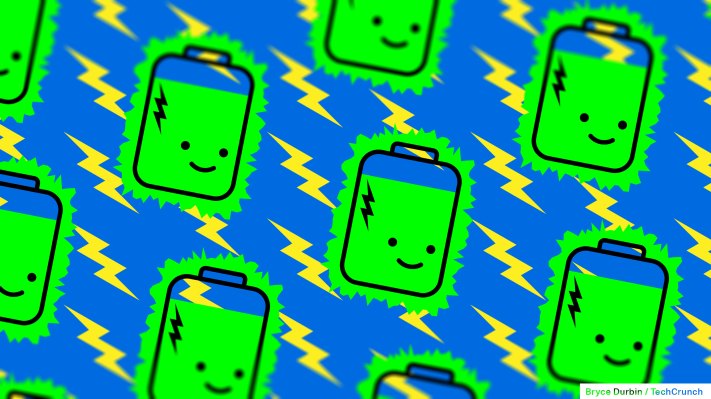For years, scientists and engineers predicted that lithium-ion batteries would get a boost if they could just add more silicon. In the lab, the prediction held, but only for a short period of time. The material had a downside — it became brittle after repeated charging.
Sila seems to think it’s solved the problem. The startup, along with its strategic partner Mercedes-Benz, announced that its silicon anode material is scheduled to appear in an electric G-Class in 2025. That suggests not only that is Sila confident that its technology can meet the automaker’s high requirements, but also that it can produce the material in sufficient quantity to give the blocky SUV a decent range.
CEO Gene Berdichevsky, who designed the battery for the Tesla Roadster, founded the company with the goal of replacing graphite anodes with silicon, and it has been working to perfect its silicon anode for over a decade. That persistence appears to be paying off.
Today, nearly all lithium-ion batteries use graphite because it offers a stable home for lithium ions when charging. But graphite isn’t very energy dense, especially when compared with silicon. To hold one lithium ion, graphite needs to devote six carbon atoms to the task. One atom of silicon, though, can hold onto four lithium ions.
Apart from that, though, silicon makes for a pretty terrible anode on its own. Because they can suck up so many lithium ions, silicon anodes can swell more than three times their volume when charging. That creates cracks in the material, which allows electrolytes to infiltrate and damage the cell. All battery materials break down with time, but most silicon anodes have a habit of doing so prematurely.
To counteract the swelling, most batteries that incorporate silicon use it to replace graphite in small amounts, up to about 10%. That gives them a little boost from the silicon without losing too much stability.
Berdichevsky and his team didn’t want to just replace a little graphite, though. They wanted to replace all of it.
After years of R&D, Sila came up with what is essentially a nanoscale scaffold — not made of graphite — that holds silicon atoms in place. The framework gives the silicon atoms space to absorb lithium ions without breaking the material’s structure. The company also coats the outside of the structure with a proprietary material that prevents the electrolyte from intruding. All told, half of the anode material is silicon.
Berdichevsky must be breathing a sigh of relief now that much of the hard work of R&D is behind him and his team. The evidence is plain to see: Sila is producing the material at a small scale for the Whoop 4.0 wearable, and it anticipates being able to scale rapidly over the next two to three years. There will be challenges ahead, but most of them will be related to production, not research.
Sila isn’t free and clear yet; it’s not the only company working on silicon anodes, of course, and while there’s plenty of room for a few competitors, it doesn’t have the market to itself. Earlier this month, for example, Group14 Technologies announced that it had closed a $400 million round that included Porsche. Part of that agreement included supplying the sports-car company with silicon anode materials, also starting in 2024.
Neither company — nor any of its competitors — will likely be wanting for funding. In the last five years, venture capitalists and private equity firms have invested $43 billion in battery startups. As the winners of the R&D phase begin to emerge, they’re likely to attract even larger sums.
Manufacturing may be expensive, but the likelihood of a return on investment is greater at that stage than at R&D. For proof, just look at the gargantuan rounds closed by battery manufacturing startups Northvolt (three rounds totaling $4.3 billion since 2019) and Svolt (three rounds totaling $3 billion last year alone).
The race is on.
